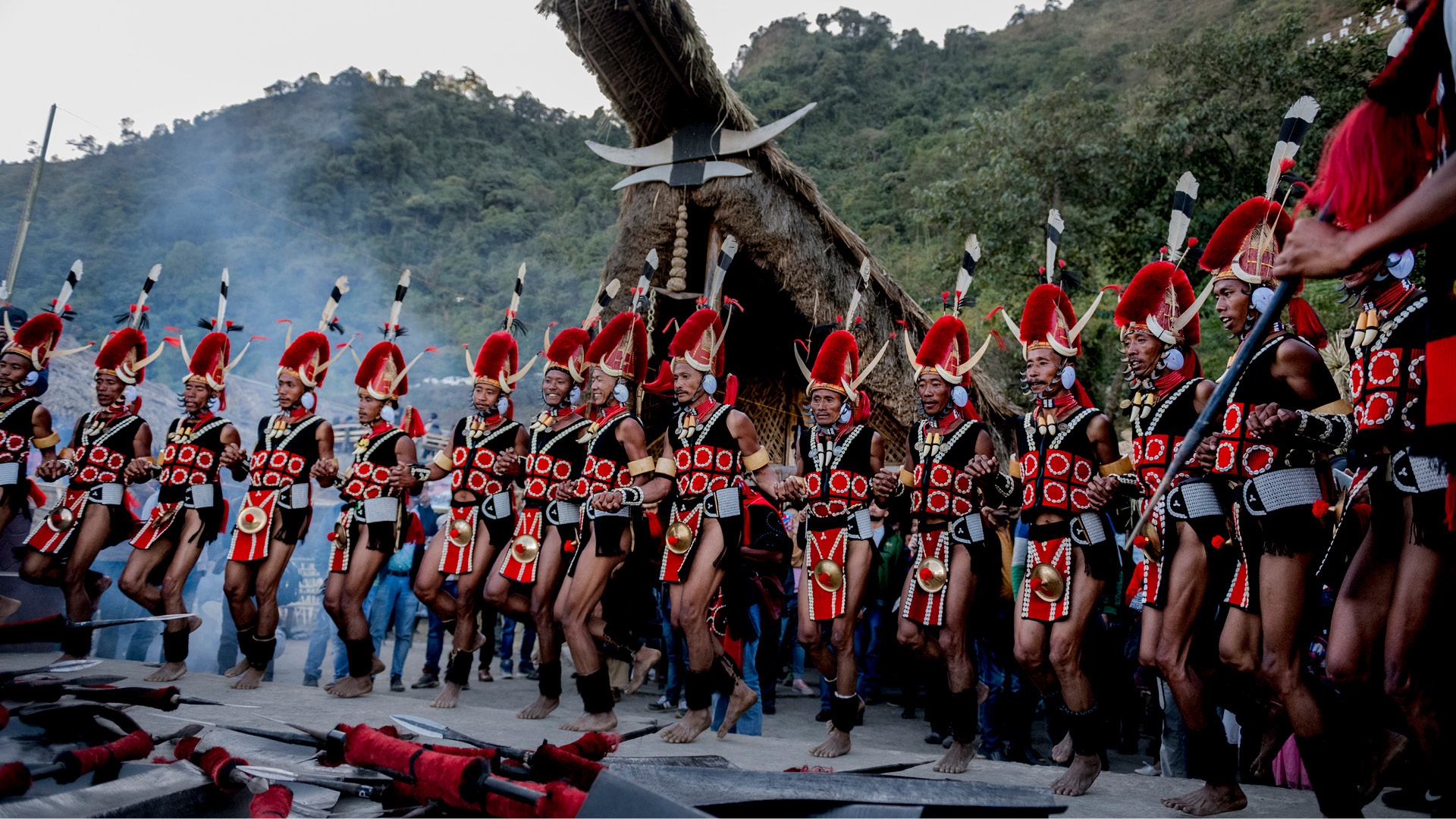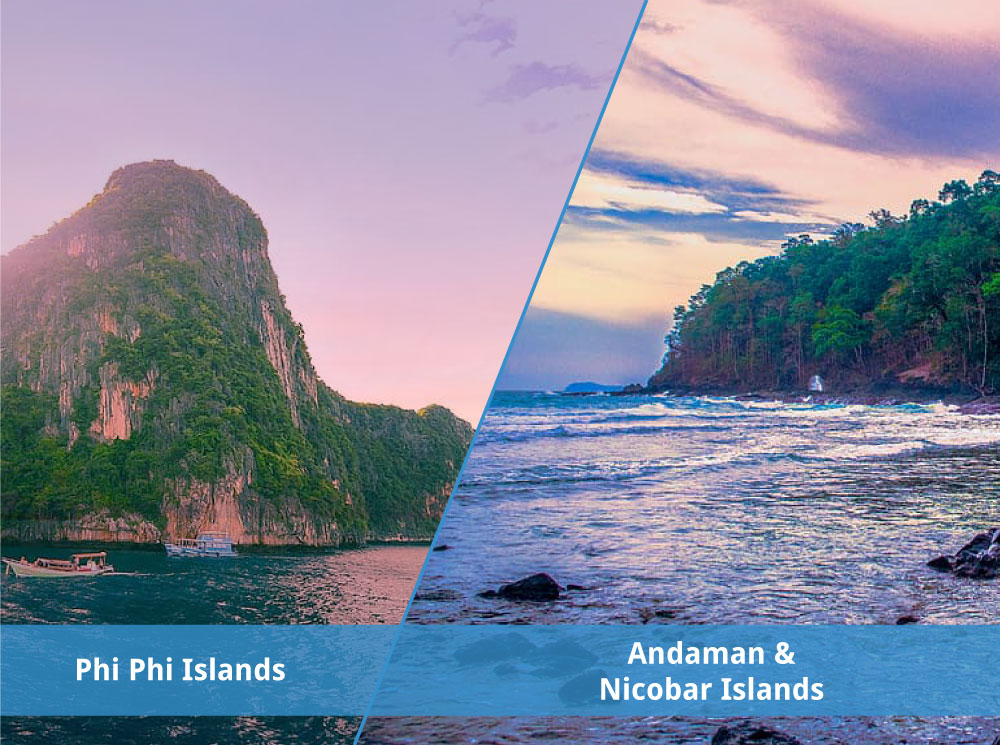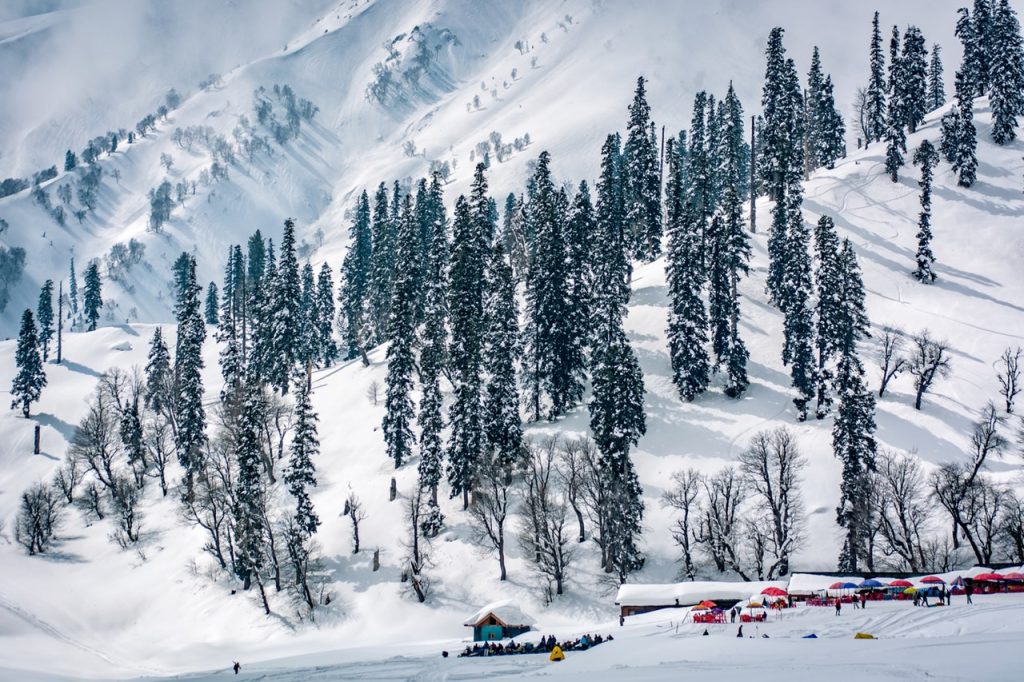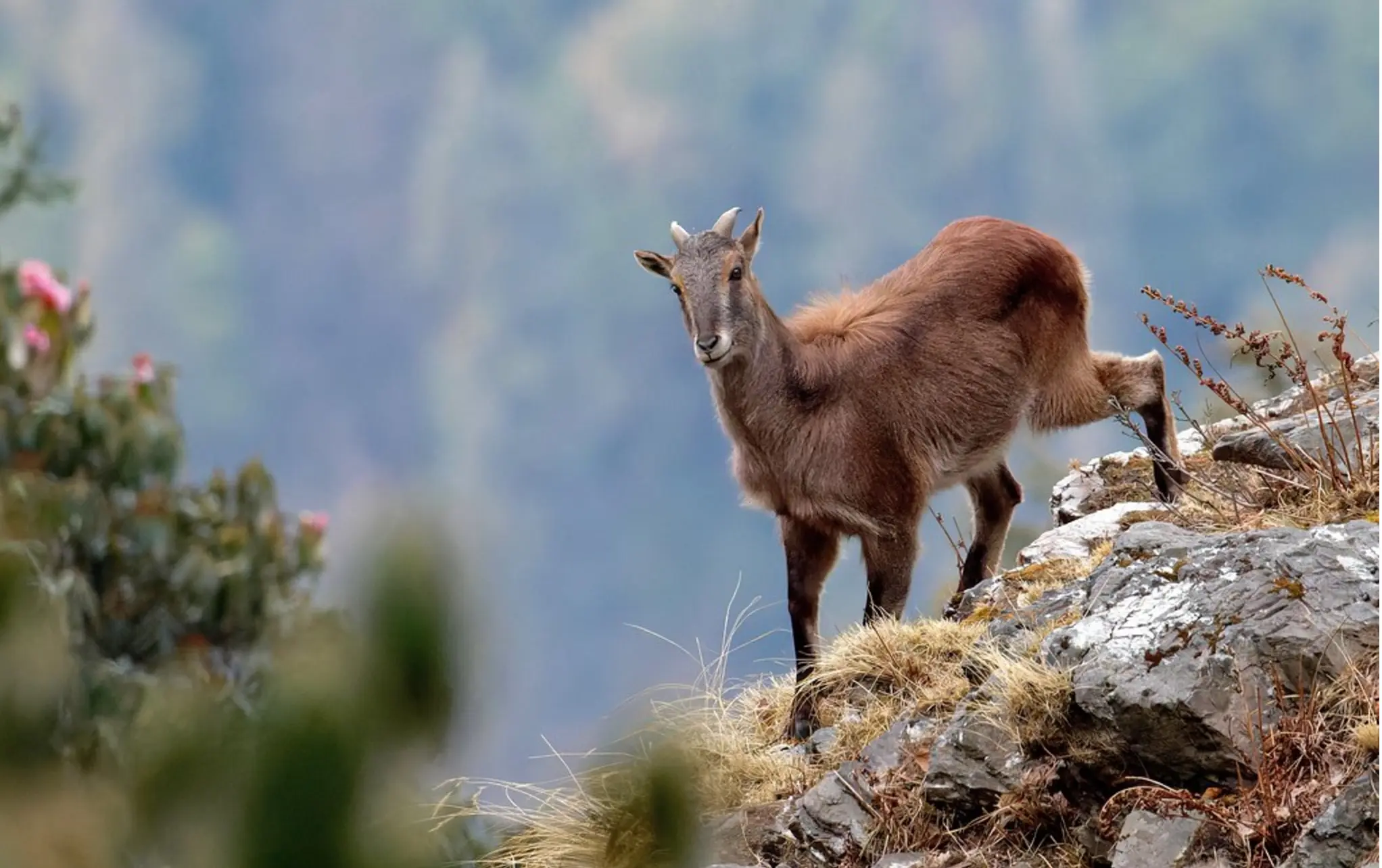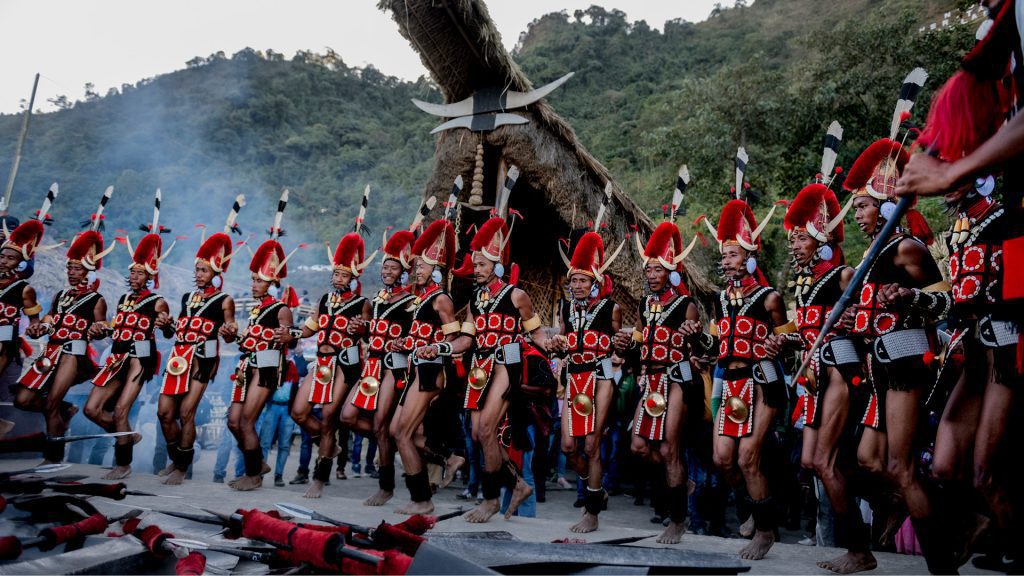
The first time I heard about the Nagaland Hornbill Festival was way back in 2013 and it has been on my bucket list ever since then. So last year without trying to convince anyone to come along with me, I decided to be part of the festival all by myself. And to those of you, who have been dying to pull off a solo-trip, this is your one chance to get it right the first time itself. You ask why? How? That’s because North-Eastern states in India are the safest for both men and women.
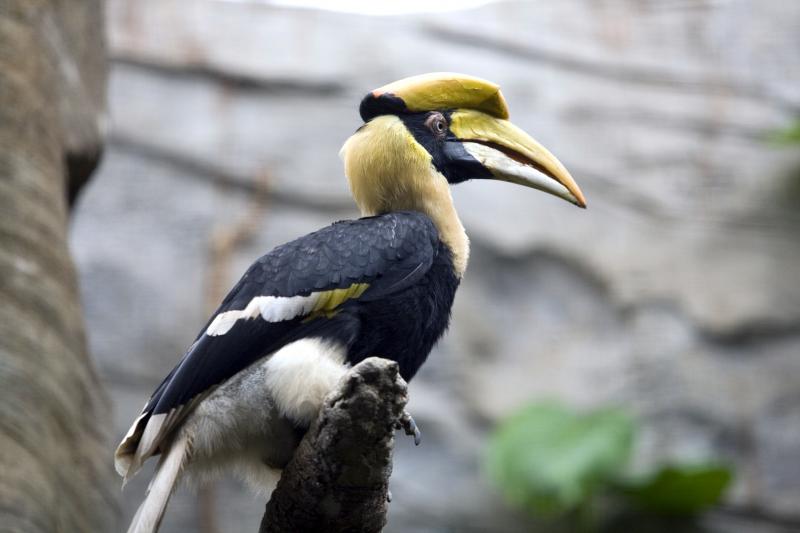
Now coming back to the Nagaland Hornbill Festival! Last year was my first time at the festival. I booked a Savaari from Kohima and enjoyed one of the greatest festivals on Earth. Named after a bird, Hornbill has a very special significance in Nagaland. It is a symbol of ‘Respect’ and ‘Folklore’ among the Nagas. This week-long fair usually starts from December, 1st and goes on till the 10th day. The dates for the festival, therefore, are December, 1st – 10th every year.
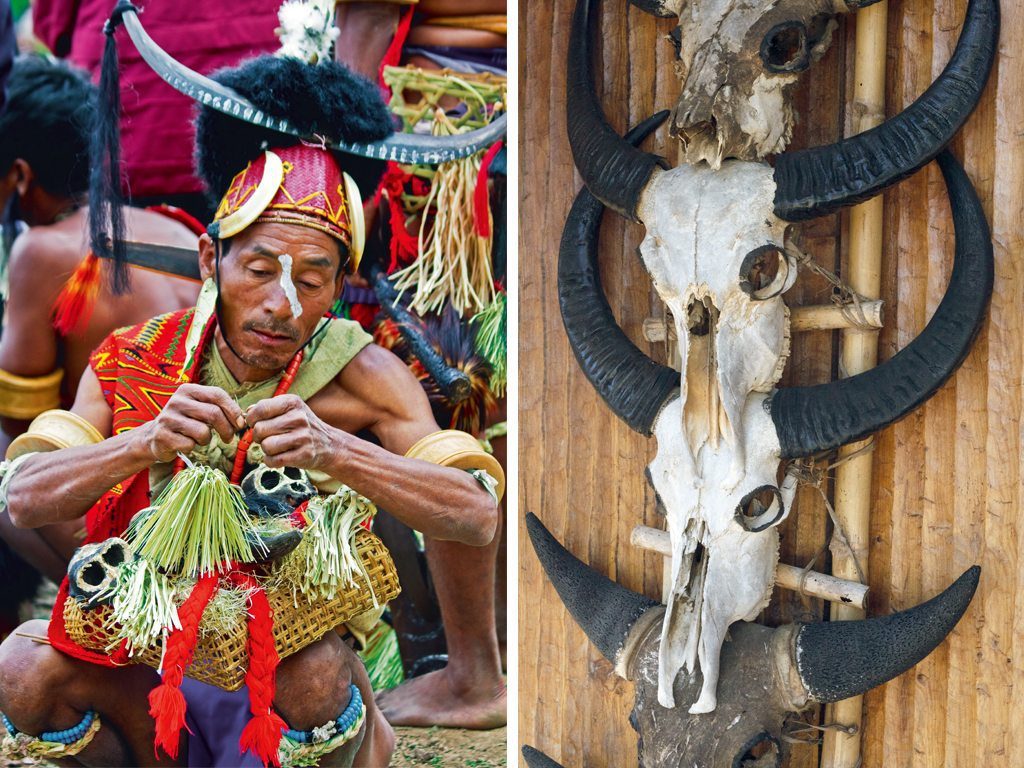
Hornbill was in its eighteenth edition when I visited and if you read newspapers, you would know that all major newspapers cover this festival in great detail. Therefore, the last few years have seen the popularity of the Hornbill festival skyrocket.
What to expect at the Nagaland Hornbill Festival?
A lot of people ask me this question. And sometimes, this very simple question is the most difficult to answer because there is so much going on at the Nagaland festival. A line or two would not do justice to this grand celebration. You have to see it to believe it.

To put very simply; imagine hopping from the home of one tribe to the next. Imagine seeing all it on a much grander and extravagant scale. All of it while holding on to your bamboo mugs, sipping the rice beer that’s just come out of these homes?
Also known as ”Festival of Festivals”, the Hornbill Festival brings together all the seventeen Naga tribes, who come together to promote intercultural harmony.
About Nagaland Festival Venue
The venue is organized below Mount Japfu in the Naga Heritage Village, Kisama which is about 10kms from Kohima, the capital city of Nagaland.
Since 2000, the Nagaland festival has evolved from being a cultural festival showcasing the diversity of the Naga tribe to one grand event which is now attended by every North-Eastern state. This certainly is one very important milestone achieved in trying to unify the seven sisters.
Do not miss out on
1. Interacting with people from different tribes
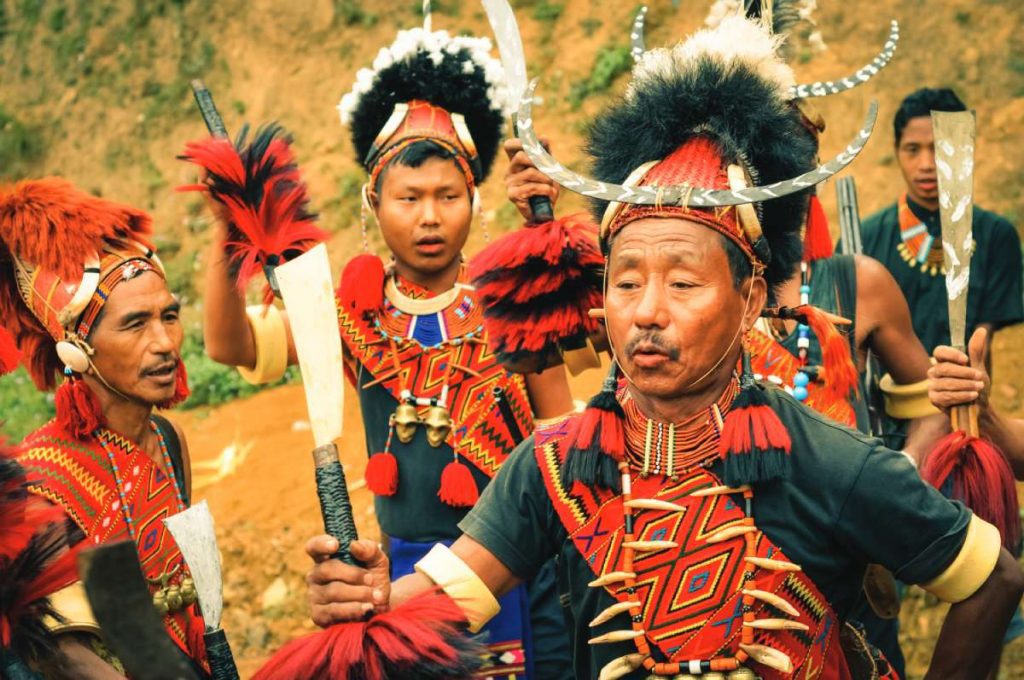
Festivals are the best time to interact with people. People are relaxed, looking to have a good time and this is also the best time to interact with people of all tribes. And who knows you may get invited to one of the homes for an authentic home-cooked meal. Be humble, be respectful, and you are sure to have a good time.
2. Understand Naga tribal Culture
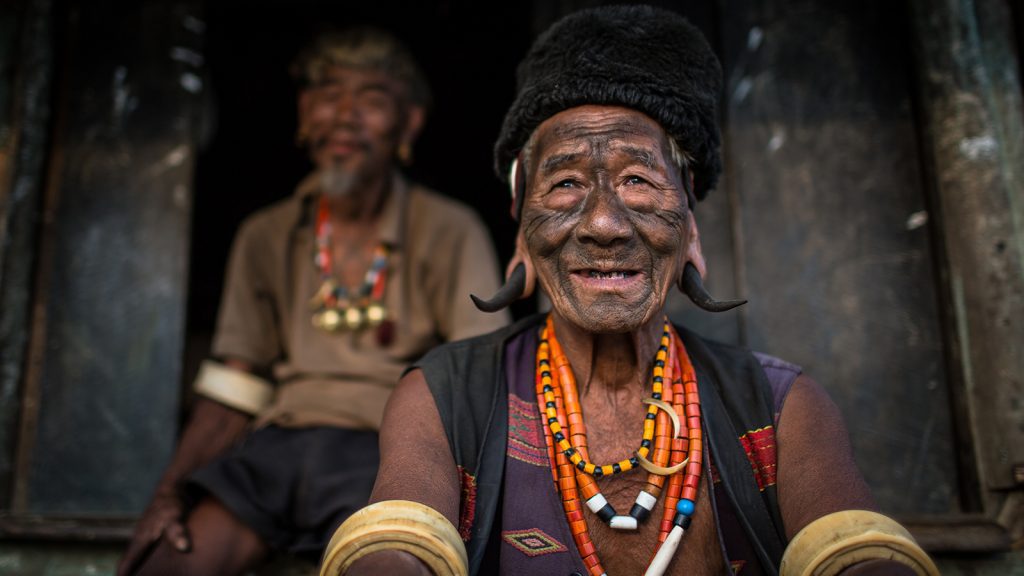
Do not make the mistake of assuming they are all the SAME. They are distinctly different from one another – they have a different lineage and also inherent different symbols from their ancestors.
3. Sample the authentic local food
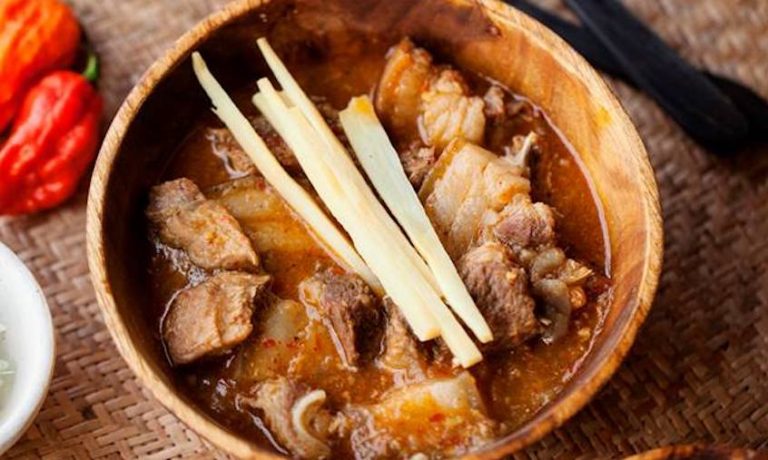
Leaf cooked rice cakes, yam patties, roasted millets, boiled naga beans, aromatic brown rice, slow-cooked pork accompanied with bamboo and beef pickles and of course the rice beer and superhot Naga chili chutneys. I can go on and on!
4. Sip on the forbidden drink as much as you can
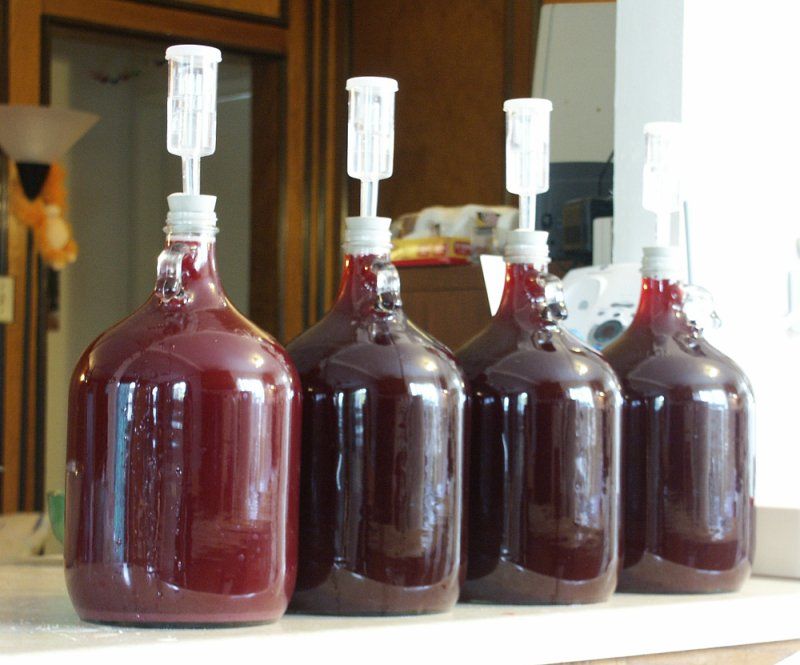
Winemaking is forbidden in Nagaland. It is more of an underground activity. Having recently visited the vineyards of Nashik, this really made me very excited. The refined taste of the wines I tasted in Nagaland can sure give some of the most expensive bottles in India a tough competition.
5. Shop souvenirs
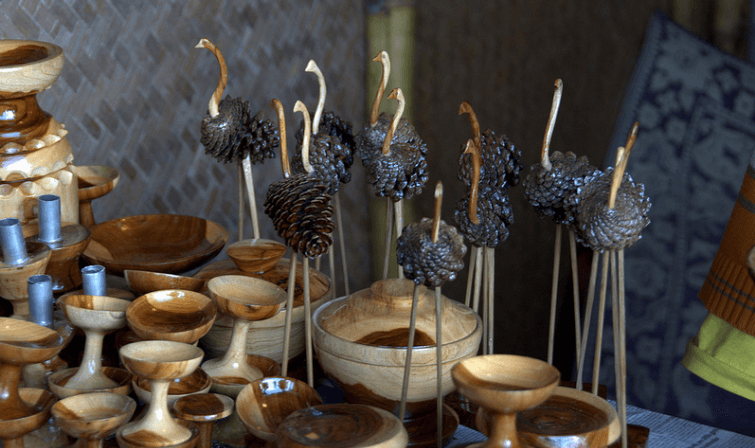
There are many shops in and around the festival grounds where you can buy some tribal souvenirs which would surely very hard to find.
To help you keep track, there is a schedule handbook available at the entry area. The Nagaland festival starts with an Invocation to the religious deity with a tribal dance which is followed by the inauguration of certain textile and handloom stalls, competitions like the horse- riding, and a pony cart. Take part in various competitions such as the Hornbill Photo Fest, craft space, painting portfolio, and enjoy these breathtaking performances, sports, crafts, games, ceremonies and food fairs which are nothing short of amazing.
How to reach Hornbill Festival Nagaland
By Air
Kohima does not have an airport of its own and the nearest one is in Dimapur, at a distance of 74 kilometers, which operates domestic flights from Kolkata and Guwahati. Foreign tourists will first have to reach either Kolkata or Delhi international airports and then take a flight to Dimapur. From there, it is a two hours cab ride to Kohima. Further, is the two minutes cab ride to Kisama for which a taxi can be hired easily because of the frequent availability. Otherwise, there is also a thirty minutes helicopter ride from the airport.
By Train
As Kohima, does not have a Railway station of its own. Thus, the nearest one is in Dimapur which has direct connections to Kolkata and Guwahati. The journey is of course quite picturesque.
By Road
NH39 connects the major North-Eastern states. It is an easily accessible network connecting Kohima with Guwahati and Shillong within a span of 3 hours, covering the journey of 70 kilometers. For a hassle-free road journey, you cam simply book a Savaari.
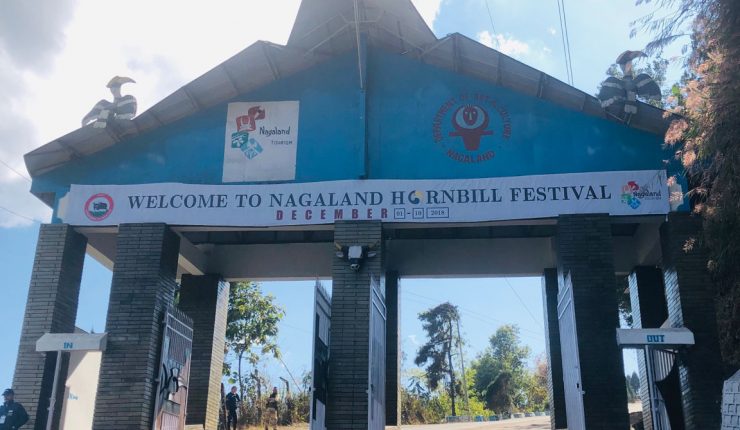
Even though the Hornbill festival, Nagaland now has become commercialized, it still retains its true essence and holds on to its old charm. The otherwise isolated Nagaland gets known to a global audience, thanks to the Nagaland Hornbill Festival. This is definitely the best way to witness and understand the culture of Nagaland, which is at its full glory during these 10-days. It is also the best time to explore this beautiful state and under no circumstances should you miss this opportunity.
Last Updated on November 26, 2024 by Shabari Shankar
